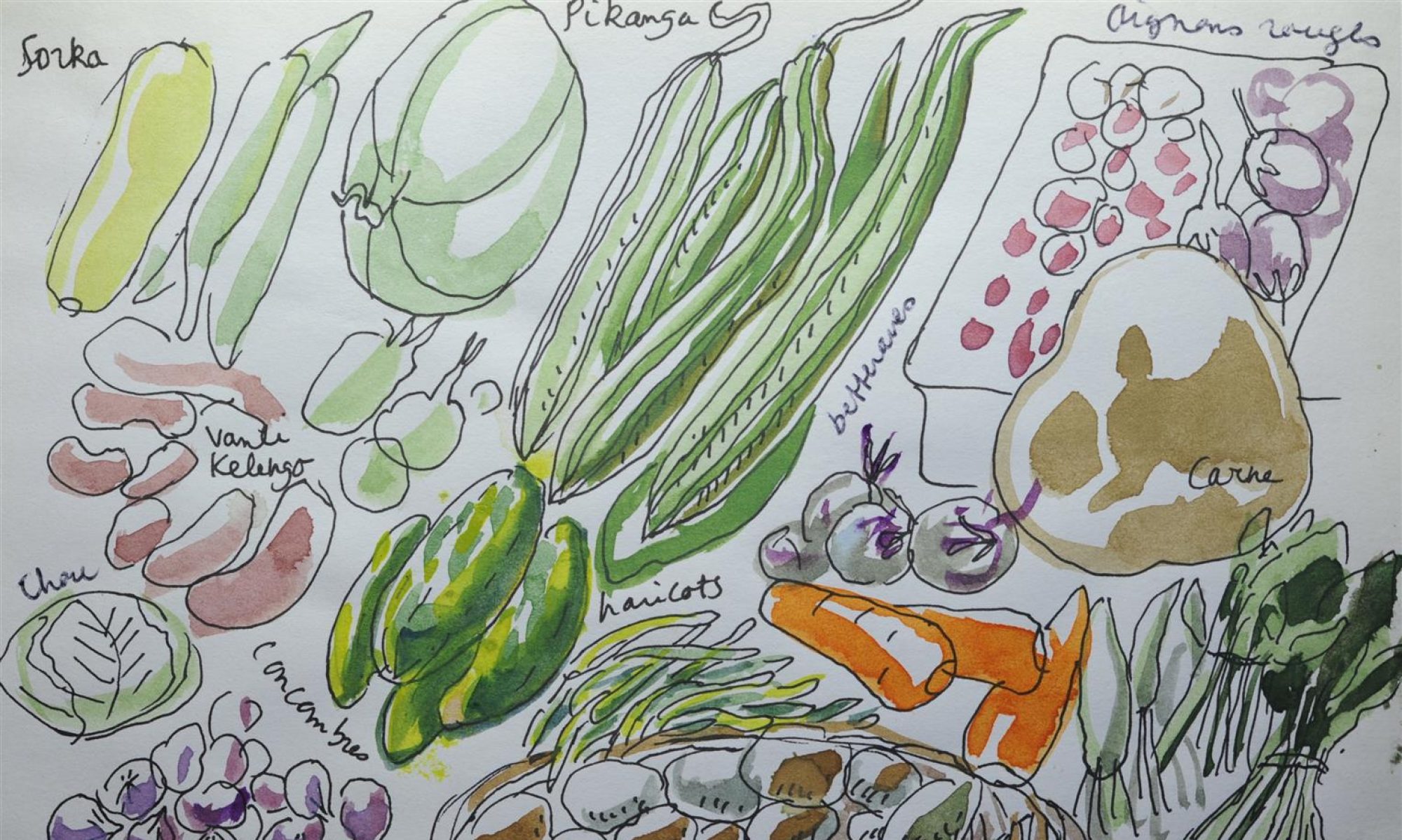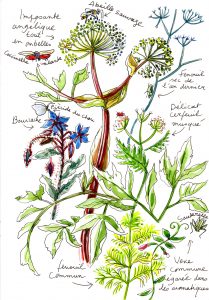Aromatic plants? We could not do without them in our gardens, as they help the gardener, not only by attracting pollinating bees, but also by confusing the pests of his crops. This is called scent scrambling. Among these beautiful scents, reign the superb angelica that dominates, by its tall stature, all the others.
It is called “angelica of the woods”, or “angelica archangelica” or even “grass of the angels”. Legend says that Archangel Raphael brought the angelica root to Charlemagne, Emperor of the West, to save his sick army from the plague. Coming from the Nordic countries, it was introduced to France by the Vikings and then cultivated by monks, it is found in the wild, humid places, at the edge of ditches and ponds, but it is also cultivated in gardens.
Angelica is therefore a hardy herbaceous plant with deciduous foliage, reaching two meters in height. Its hollow, tubular, and ribbed branches are inserted on the stem by a large sheath. Surprisingly, their color is red unlike the strong green of the candied fruits that our grandmothers made of them. Their flowers form pretty little umbrellas which form a large umbel of fifteen to twenty rays. Fascinating design! As a biannual plant, it develops its foliage the first year, flowers the next year, liberating its seeds and then dying. It supports sun exposure only if the soil is cool and germination will be better after a cold period.
As for its companion, the borage, more common than the angelica, which is an annual plant, offers charming blue star-shaped flowers from May to September. The flower is not very large, but it delights those who take the time to look at it. The flowers are edible and have a particular taste which for some people, reminds them of a taste of cucumbers, for others the taste of oysters.
Both are incredibly honeyed, to the delight of bees, plants, gardeners and all of us consumers of fruit and vegetables. They help, through spring pollination, to maintain a large part of our natural capital as well as the quality of our vegetable crops. So let’s be sure to surround ourselves with these guardian angels, protectors of biodiversity!

